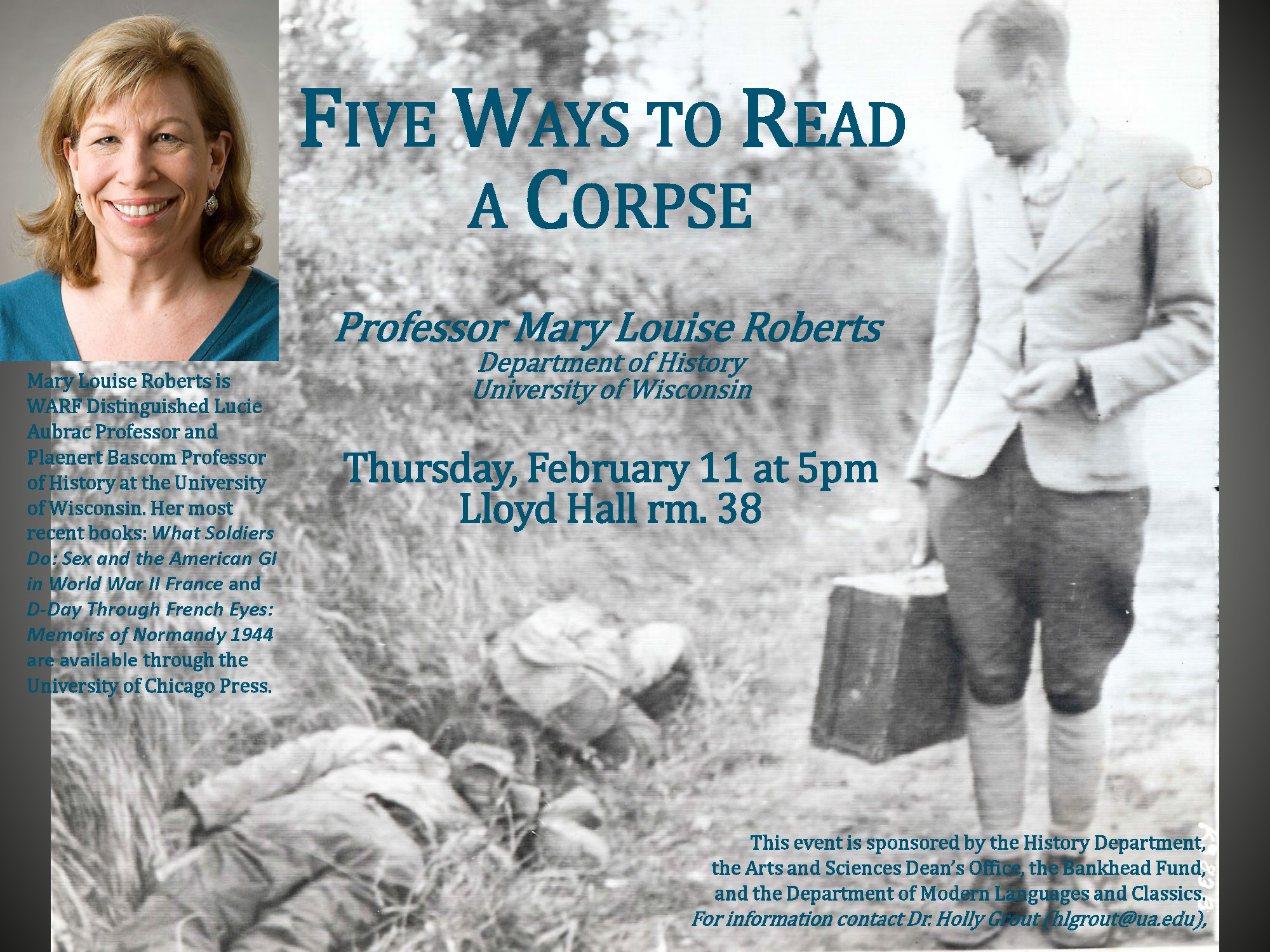 Is it morbid to study the history of the dead body? Historians have largely averted their eyes, as if the corpse stood beyond time and place, beyond life itself. With its stench and decay, the human corpse inspires revulsion; it compels us to look away. But the dead body arrested the attention of all those engaged in warfare–the officers, the grave diggers, the civilians, the infantrymen, and the grieving families. They were startled into witnessing, recording, and remembering the corpse in their mind’s eye. In addition, and perhaps more importantly, the corpse became a symbol of the war itself. Upon the dead body was written a multitude of signs—about what the war meant, why it was being fought, what were its consequences. The dead body, then, came to signify not only the war’s effects, but the very war itself.
Is it morbid to study the history of the dead body? Historians have largely averted their eyes, as if the corpse stood beyond time and place, beyond life itself. With its stench and decay, the human corpse inspires revulsion; it compels us to look away. But the dead body arrested the attention of all those engaged in warfare–the officers, the grave diggers, the civilians, the infantrymen, and the grieving families. They were startled into witnessing, recording, and remembering the corpse in their mind’s eye. In addition, and perhaps more importantly, the corpse became a symbol of the war itself. Upon the dead body was written a multitude of signs—about what the war meant, why it was being fought, what were its consequences. The dead body, then, came to signify not only the war’s effects, but the very war itself.
Join Mary Louise Roberts, the WARF Distinguished Lucie Aubrac Professor and Plaenert Bascom Professor of History at the University of Wisconsin, for her exploration of this topic on February 11, 2016, from 5-6:30 p.m., in Lloyd Hall, room 38.
For more information, contact Dr. Holly Grout.
Download a promotional poster here.